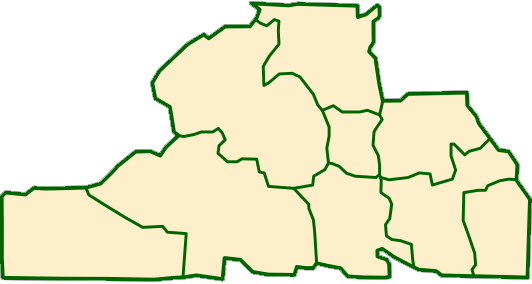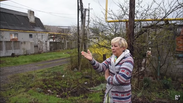Перечитывая Субтельного и его Историю
Раньше читал Субтельного только на русском. И, оказывается, русский и английский варианты - это два разных варианта одной и той же книжки про историю Украины. И тут, на соседнем дружественном форуме, неизвестный камрад поделился линком.
Привожу часть первой страницы главы про коллективизацию на западной Украине. Есть легкие помарки, потому что пропускал через файнридер.
As was to be expected, collectivization was accompanied by industrialization. Under Austrian and Polish rule, Galicia had been an impoverished, economically exploited agrarian region, which served as a dumping ground for finished products but which produced few of these itself. Realizing that they could derive great political benefit by improving this situation, the Soviets invested heavily in the industrial development of the region. Old industries such as oil production were expanded and a series of new industries, which included the production of cars, buses, radios, and light machinery, were established. Because the factories were new and often outfitted with machines expropriated from Germany, the West Ukrainian enterprises possessed some of the most modern equipment in the USSR. By 1951 the industrial production of Western Ukraine jumped 230% over the 1945 level and accounted for about 10% of the republic's industrial production, compared to less than 3% in 1940. Rapidly growing Lviv became one of the major industrial centers of the republic.
Along with industrialization came social changes. The initial lack of specialists and experienced workers required to staff the numerous new factories brought a flood of Russians into the region. But a local Ukrainian working class also developed rapidly. In the late 1940s and early 1950s, about 20,000-30,000 new workers were being trained annually in Western Ukraine.
Как же все-таки Советы измывались над Галичиной! Не щадили ни пролетария, ни фермера!















